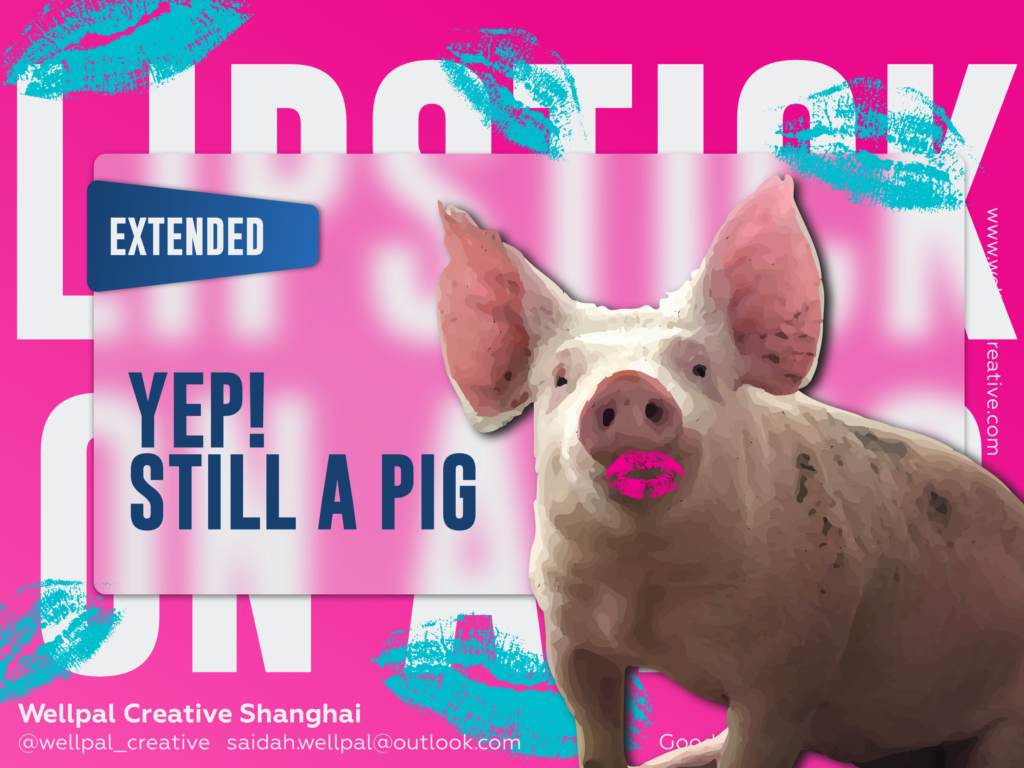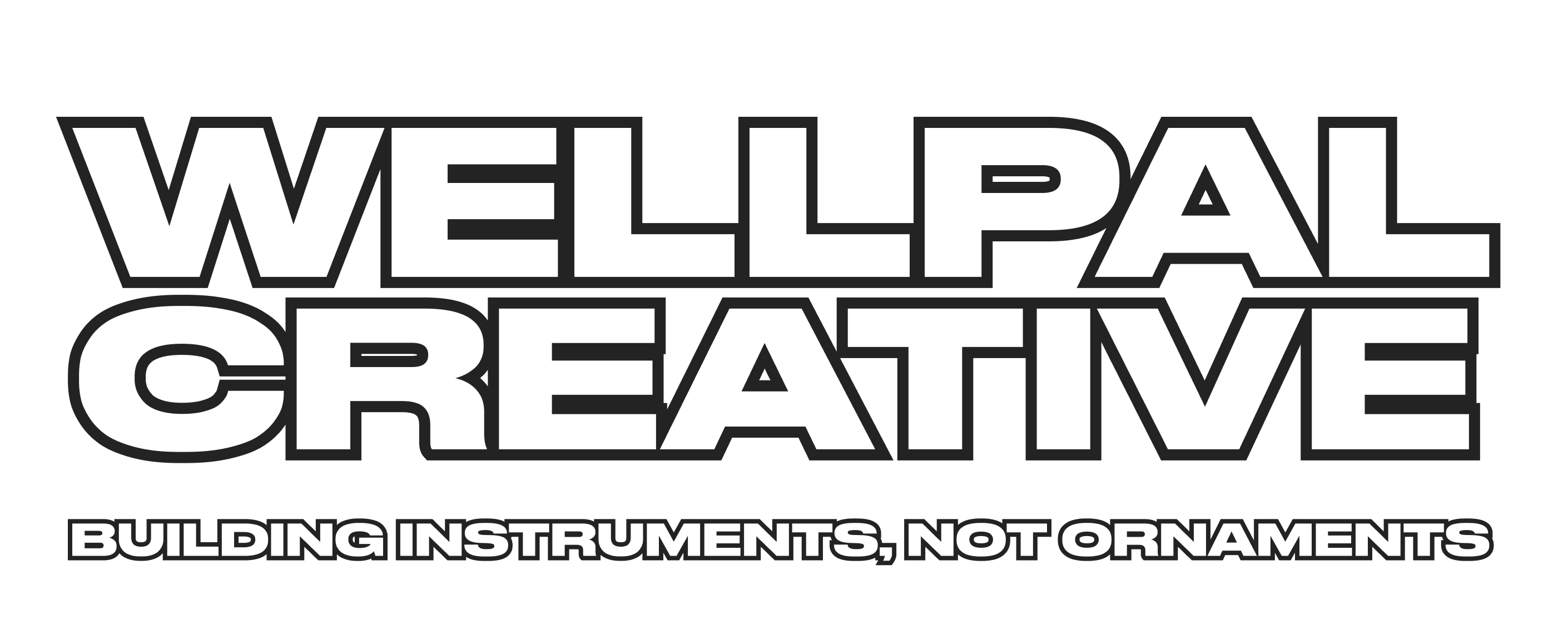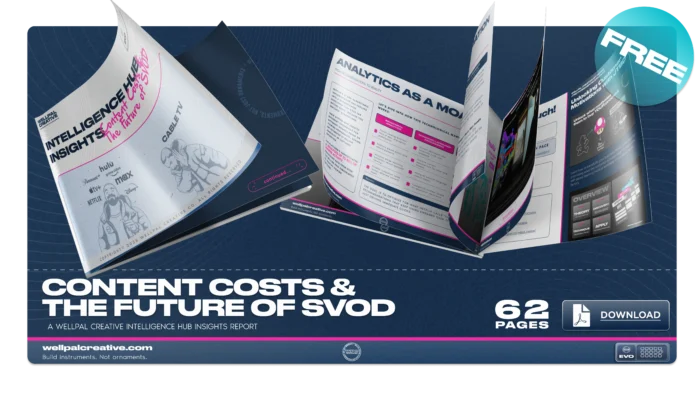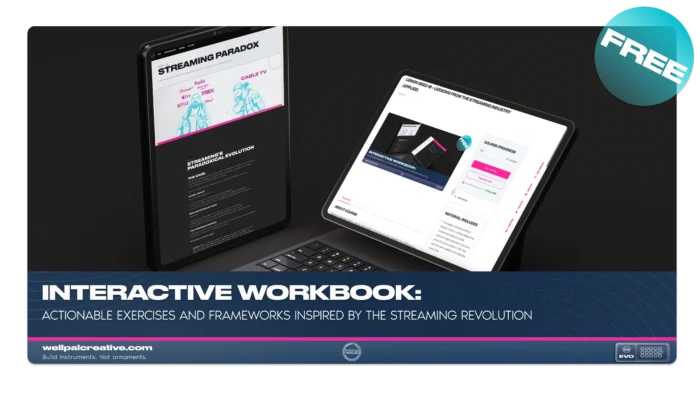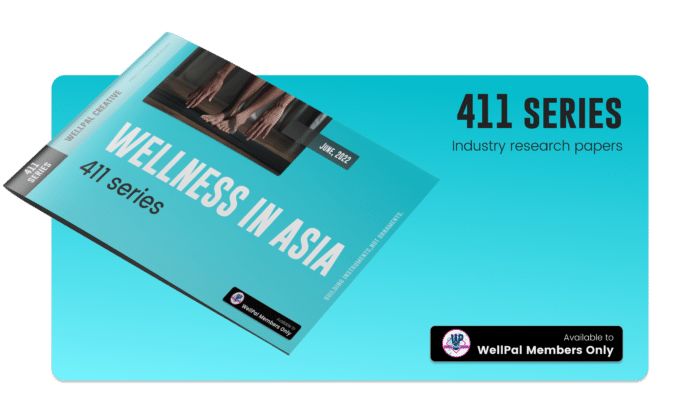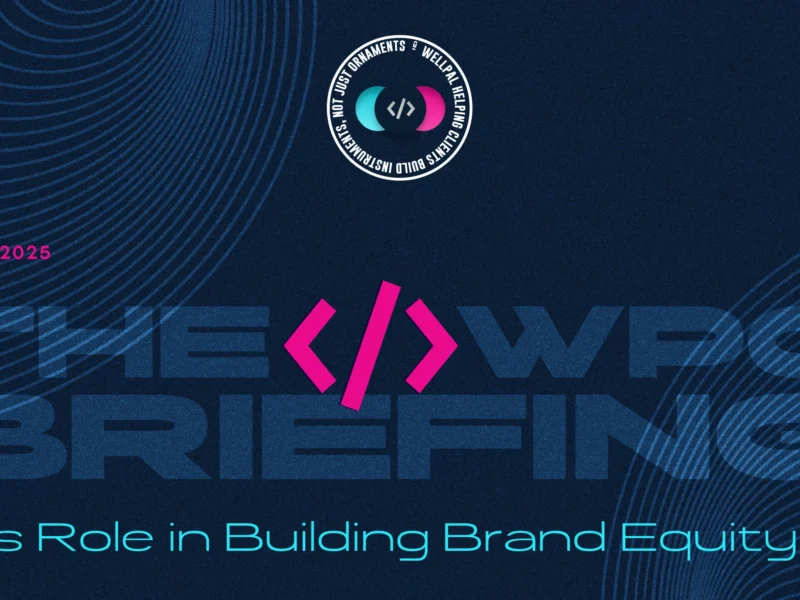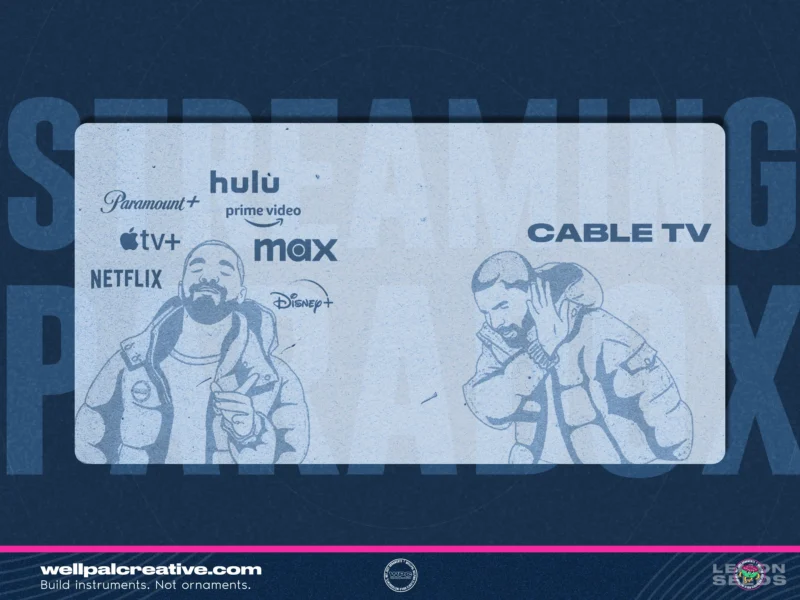COPYRIGHT © 2025 WELLPAL CREATIVE
Power of Open Source Intelligence
Lessons for brand builders from Bellingcat in the Age of Disinformation

Open Source Brand Building
The case.
We live in a time where truth seems increasingly elusive, there are however some players who give us hope.
One of those is an organization that stands out as a beacon of fact-finding and accountability: Bellingcat.
Founded by Eliot Higgins in 2014, this open-source intelligence agency has revolutionized investigative journalism and international security analysis. As we navigate the choppy waters of disinformation and AI-generated content, Bellingcat’s journey offers valuable insights for brands and businesses alike.
Let’s dive into some of the key aspects.
Disclaimer:This Lemon Seed blog post focuses on the concept of “Open Source Branding” and draws inspiration from Bellingcat’s approach to transparency and collaboration. It does not cover the political or ethical aspects of Bellingcat’s work or address issues related to censorship. Our aim is to explore the branding lessons that can be applied in a business context, without delving into the broader political implications.
The Rise of Citizen Intelligence
Bellingcat’s story is a testament to the power of dedication and innovative thinking. What began as Higgins’ personal blog has evolved into the world’s foremost open-source intelligence agency, with a staff of nearly 40 employees and a community of over 28,000 members on Discord
Navigating the Truth in a Post-Truth World
As Higgins notes in his WIRED interview, “You can have the truth, but the truth is not valuable without accountability.”
This sentiment resonates deeply in today’s business landscape, where transparency and authenticity are increasingly crucial for building trust with consumers.
Key takeaways for brands
- Embrace unconventional methods: Bellingcat's success stems from its unique approach to gathering and analyzing publicly available information.
- Foster community engagement: The organization's growth is largely due to its ability to harness the collective power of a passionate community.
- Prioritize transparency: Be open about your processes, sourcing, and decision-making.
- Seek accountability: Establish clear mechanisms for addressing mistakes or misconduct.
exercise 1
Applying the JTBD Framework to Open-Source Intelligence
The success of Bellingcat’s approach can be better understood through the lens of the Jobs-to-be-Done (JTBD) framework, a core component of WPC’s Brand Navigator™ process. This framework focuses on understanding the fundamental tasks that customers – or in this case, information consumers – are trying to accomplish.
In the context of Bellingcat’s work, we can identify several key “jobs” that their open-source intelligence fulfills:
For the public: Seeking verified, trustworthy information in a sea of misinformation and disinformation.
- For journalists: Accessing robust investigative methodologies that can be applied to their own reporting.
- For policymakers: Obtaining credible, independent analysis to inform decision-making.
- For justice seekers: Finding evidence that can lead to accountability for international crimes.
By understanding these core “jobs,” we can see how Bellingcat’s approach is not just about uncovering facts, but about fulfilling the specific needs of various stakeholders in the information ecosystem.
If you’re a brand looking to build trust and credibility in the digital age, the JTBD framework provides a valuable tool for identifying the underlying motivations of your audience and ensuring that your communication strategies truly resonate.
Below we see the WPC JTBD cards showcase how they can be useful to pinpoint the actual JOB someone is trying to get done with a certain solution. You can download a free stack and play around with them yourself, or take a guided course.
The Challenge of AI-Generated Content
One of the most pressing issues Bellingcat faces today is the rapid spreading of AI-generated content.
As Higgins points out, "What it's really doing is giving people permission to not believe stuff that is true."
In today’s digital landscape, this issue presents both challenges and opportunities for brands. The skepticism people face can undermine brand communication and marketing efforts, making it crucial for businesses to adapt.
Navigating Misinformation
AI-generated content can blur the lines between fact and fiction, leading to misinformation that affects consumer trust. According to MIT Tech Review, the sophistication of AI tools means that even savvy consumers can be misled. This is why it’s going to become more and more detrimental for Brands to prioritize transparency and authenticity to maintain credibility.
Leveraging AI for Positive Impact
While AI can contribute to misinformation, it also offers opportunities for brands to innovate and engage with their audiences in new ways. By harnessing AI’s potential, brands can create personalized experiences that resonate with consumers.
Some innovative applications to get you thinking:
- Personalized Marketing: Use AI to analyze consumer data and deliver tailored content that meets individual preferences and needs.
- Enhanced Customer Support: Implement AI-driven chatbots to provide instant, accurate responses, improving customer satisfaction and loyalty. However don’t implement them in crucial areas where a human touch is still the best approach, as this can contribute to “annoyance” on the consumer part and perceived “neglect” on the consumer side.
Preparing for the Future
As AI technology continues to evolve, brands must stay ahead of the curve by embracing innovation and fostering a culture of adaptability.
This involves not only adopting new technologies but also rethinking traditional approaches to brand strategy, communication, and engagement. I so strongly believe in this that it’s at the foundation of what we do with the WellPal Brand Evolution Suite™.
Actionable Steps for brands
- Invest in AI Research: Stay informed about the latest AI developments and explore how they can be applied to your brand strategy. Even if you are not ready to implement them. Know what is out there and the direction things are going.
- Foster a Culture of Innovation: Encourage your team to experiment with AI tools and technologies, creating an environment where new ideas can flourish. "The Floor Knows More" (FKM approach) is an approach I always instill in clients. It doesn't mean they know everything better. It means they know more stuff you at a macro level might not be aware of but fairly likely is or could be crucial to your business and its future.
By understanding and addressing the challenges of AI-generated content, brands can turn potential threats into opportunities for growth and differentiation. Embracing transparency, leveraging technology, and fostering innovation are key to building a resilient brand in the age of AI.
The Importance of Adaptability
Bellingcat’s journey from a personal blog to a global intelligence agency demonstrates the power of adaptability. In today’s rapidly changing business environment, the ability to pivot and evolve is more critical than ever. A study by McKinsey & Company found that agile organizations are 1.5 times more likely to outperform their peers financially. This underscores the importance of flexibility in business strategy.
A Case Study in Adaptability: Haier Group
One exemplary case of adaptability is the Haier Group, a Chinese multinational known for its innovative approach to management and expansion. When Haier first ventured into international markets, it faced numerous challenges, including cultural differences and varying consumer preferences. Instead of sticking rigidly to its existing strategies, Haier adopted a highly flexible approach, allowing local teams to tailor products and marketing strategies to fit regional needs.
This adaptability is reflected in Haier’s “Rendanheyi” model, which empowers employees to act like entrepreneurs within the company. By decentralizing decision-making and encouraging innovation at all levels, Haier has successfully expanded its global footprint and maintained its competitive edge.
This approach is not that uncommon in many big Chinese companies. Alibaba takes a similar approach and spins off (and funds of course) companies regularly that have grown from intrapreneurship.
For brands looking to learn from Bellingcat and Haier
- Foster a Culture of Continuous Learning and Innovation: Encourage employees to experiment and learn from failures, just as Haier's decentralized model allows for localized innovation.
- Regularly Reassess Strategies: Be willing to make bold changes when necessary. Haier's success in adapting its strategies for different markets illustrates the importance of flexibility.
- Embrace Technological Advancements: As highlighted in the MIT Technology Review, staying ahead of technological trends is crucial. Haier's investment in smart home technology and IoT solutions has positioned it as a leader in the appliance industry.
- Leverage Data for Informed Decisions: Use data analytics to understand market trends and consumer behavior, enabling more agile responses to changes.
exercise 2
The Future of Truth-Seeking in Business
As we look ahead, the challenges faced by organizations like Bellingcat will only become more complex. The rise of deepfakes, increasingly sophisticated disinformation campaigns, and the potential for AI to generate convincing false narratives all pose significant threats to truth and accountability.
However, these challenges also present opportunities for businesses to differentiate themselves through a commitment to authenticity and transparency. By adopting some of Bellingcat’s methodologies and ethos, brands can choose to position themselves as trustworthy entities in an increasingly skeptical world.
The Role of Influencer-Built Businesses
Influencer-built businesses, like those on platforms such as TikTok, Instagram, and OnlyFans, are particularly vulnerable to the pitfalls of misinformation and false narratives.
Influencers often rely heavily on personal branding and direct audience engagement, making them susceptible to reputation damage from false information. However, the same influence that makes them vulnerable can also be leveraged to spread misinformation more effectively. Influencers have the power to shape narratives and influence public perception, which can be problematic when used to push false or misleading information.
Consider the case of a popular lifestyle influencer who faced backlash for promoting a health product with dubious claims. While initially successful in driving sales, the influencer’s reputation suffered when the product’s effectiveness was publicly questioned. This scenario illustrates how influence can amplify both positive and negative narratives.
Lessons for Brands:
- Promote Responsible Messaging: Encourage influencers to verify claims and promote products that align with their values and audience expectations.
- Implement Checks and Balances: Establish guidelines and verification processes to ensure that influencer partnerships maintain credibility and authenticity.
Leveraging Technology Responsibly
While Bellingcat uses advanced technology to uncover the truth, it also recognizes the potential dangers of these tools. As AI and other emerging technologies become more prevalent, businesses must strike a balance between innovation and responsibility.
Responsible tech adoption:
- Implement ethical guidelines for technology use.
- Stay informed about potential misuse of technology in your industry and take proactive measures to prevent and address them.
For brands considering cross-industry partnerships can:
- Open up new markets and audience segments
- Inspire internal teams to think more creatively
- Position the brand as an innovator in its field
exercise 3
Lessons for Brands and Creatives
This time I won't post a list of lessons in the post as I've created a custom (to this Lemon Seed) workbook for you to download for free.
So before you go, take the next step in building your brand as an instrument with this free downloadable workbook.
Why do I do this?
Aligned with the ethos of this Lemon Seed and the previous “Blow Up the Silo,” these resources are crafted for those just starting, working on a budget, or exploring brand-building strategies. They’re free instruments designed to help you apply the insights and build your brand into a reality.
What is this workbook?
Occasionally I will design Lemon Seed Specific Workbooks to help you apply the insights from the Lemon Seed to your own business or brand. The workbook offers practical exercises (snippets have been spread throughout this Lemon Seed in the “pink thinking boxes”) to enhance transparency, adaptability, and innovation in your business.
Ready to see your ideas take shape? Download now and start your journey!
(click the link below and the file will open in a new tab).
Interested to see how WPC can help you?
find out below or contact me.
-
1 solution
WPC Ideation & Prototyping (WIP)™
WellPal Ideation & Prototyping (WIP)™ is designed for dreamers and doers alike. Whether you're a startup looking to disrupt the market, a new business aiming to refine your brand, or an established company exploring new horizons, i’m here to help bring your vision to life.
-
2 solution
WPC Brand Navigator™
At the heart of the WPC Solution Suite is the Brand Nav approach, a brand business model tailored for elevating brand equity beyond just the operational aspect. Unlike traditional models, our Blueprint Navigator intricately blends strategic business insights with emotional customer engagement, ensuring your brand not only resonates but also endures.
-
3 solution
WPC Brand Evolution Suite™
WellPal Brand Evolution Suite™ is designed for brands at a crossroads, contemplating a fresh direction. Whether you're a brand who needs an identity refresh, or an established company exploring new horizons, or simply looking for strategic clarity in the clutter, i’m here to help bring your vision to life.
-
4 solution
WPC Visuals
WellPal Brand Visuals is simply the design and graphic aspect of the solution suite. It's for brands craving visual distinction. Beyond aesthetics, we craft visuals that encapsulate your essence, making every interaction across multiple touch points memorable. Brand identity design, visual identity design, UI Design and development, GFX design
MORE LEMON SEEDS
THE WELLPAL BUSINESS & BRANDING BLOG
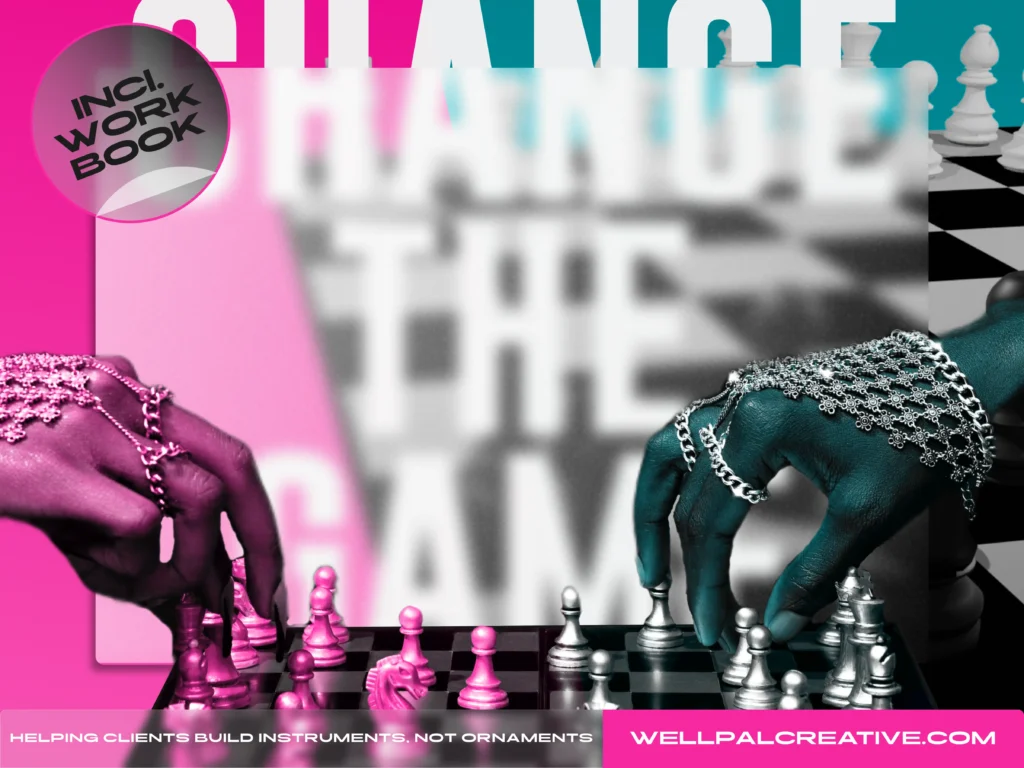
Change the Game

AI’s Role in Building Brand Equity
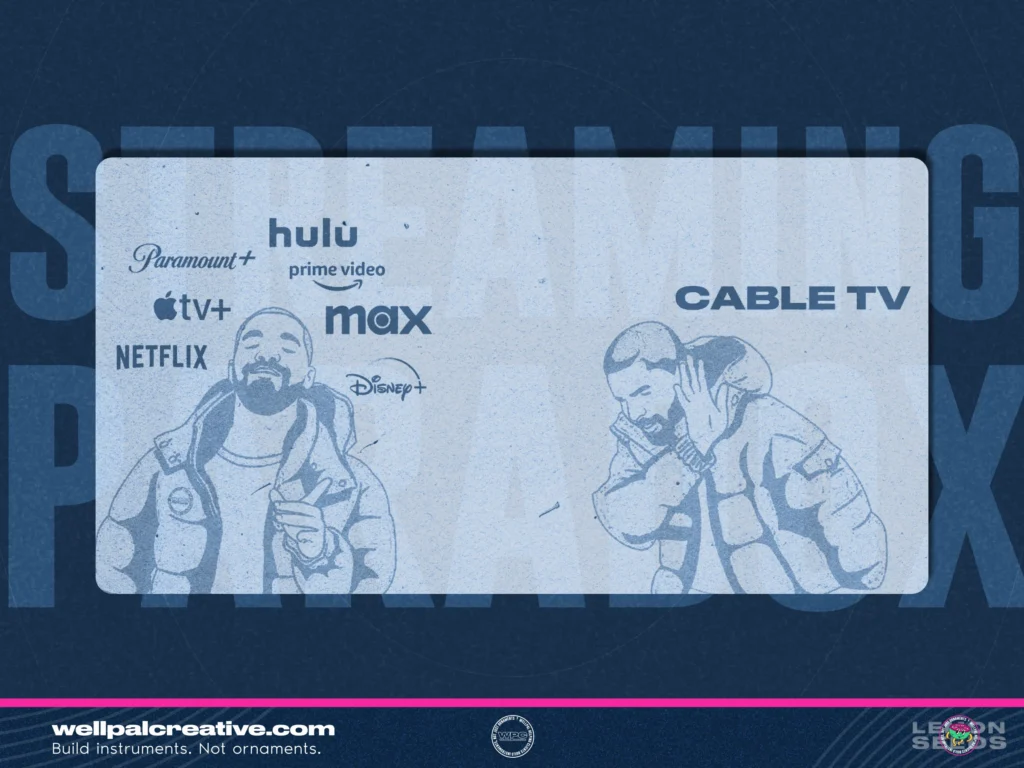
The Streaming Paradox: Convenience vs. Complexity – [LS18 ]
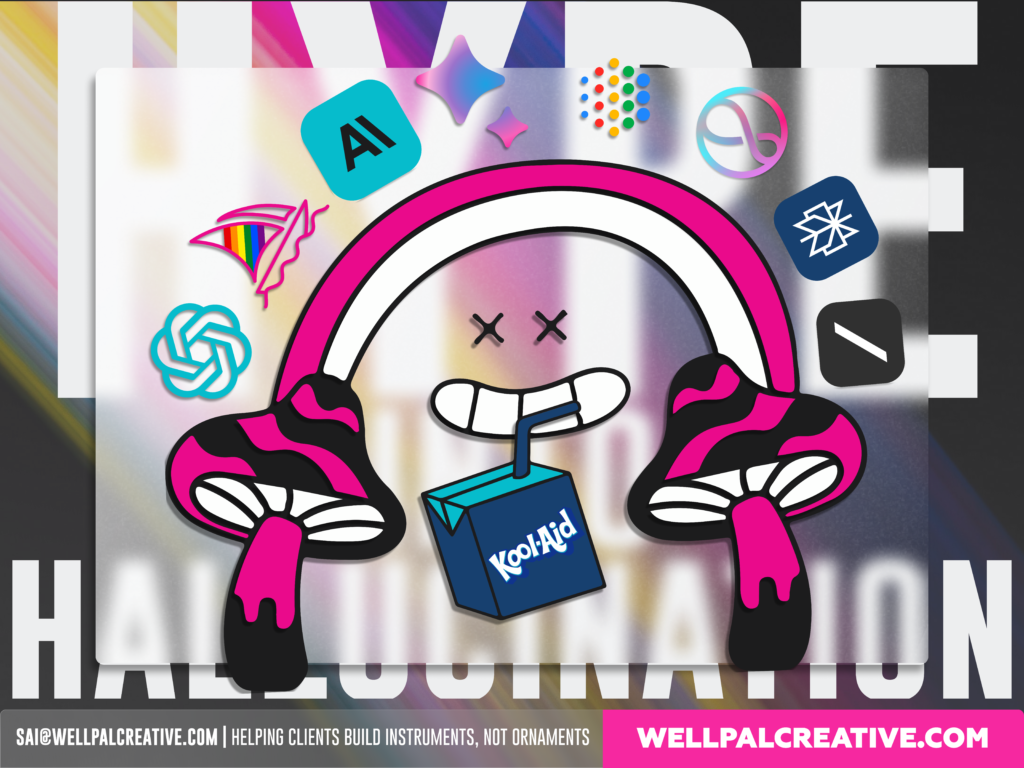
From Hype to Hallucination: How AI Is Transforming Branding, Strategy, and Business – [LS17]
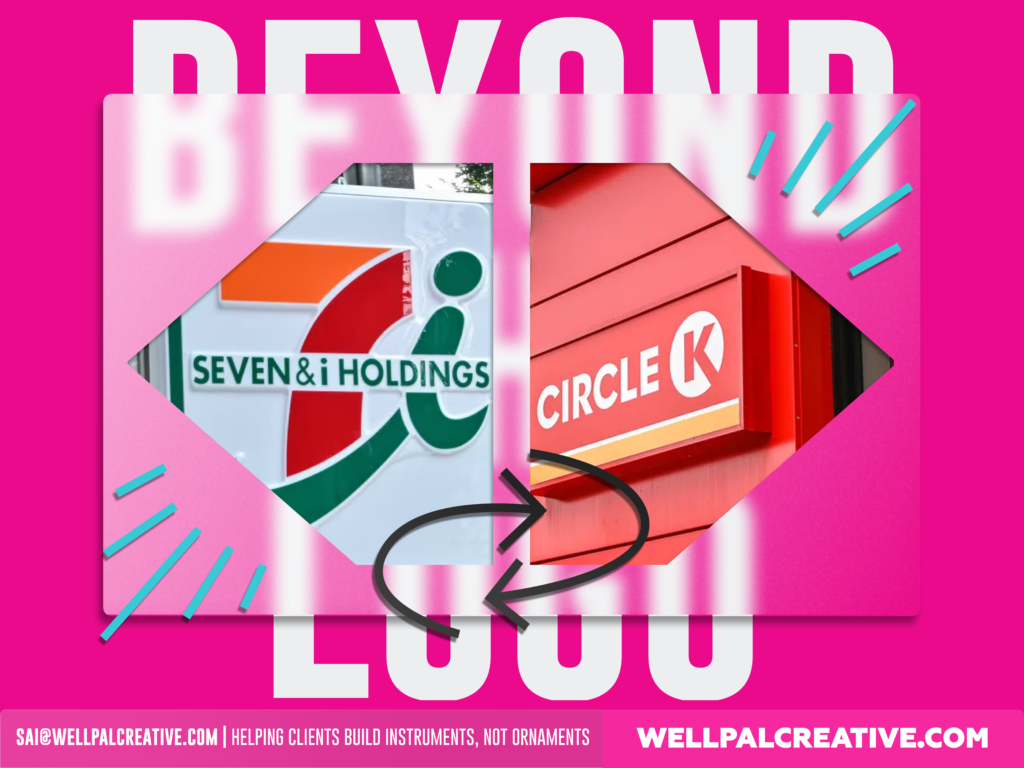
How to leverage Brand: Lessons from Seven&I Holdings – [LS16]
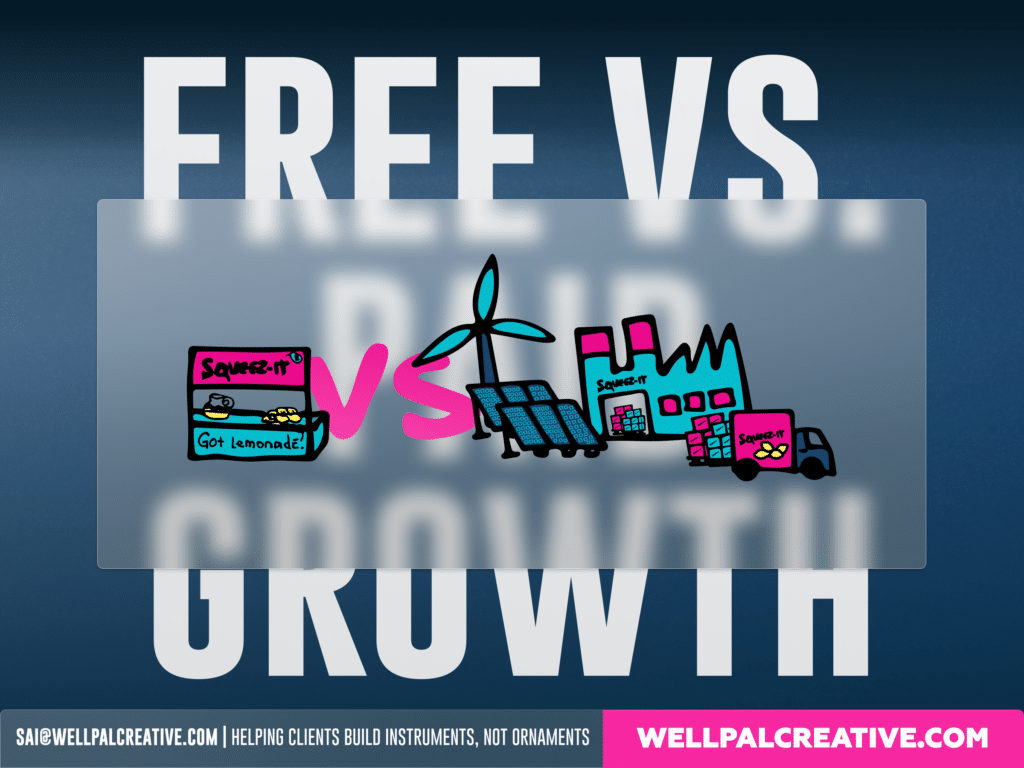
Impactful brand strategy isn’t a sprint, but a marathon – [LS12]
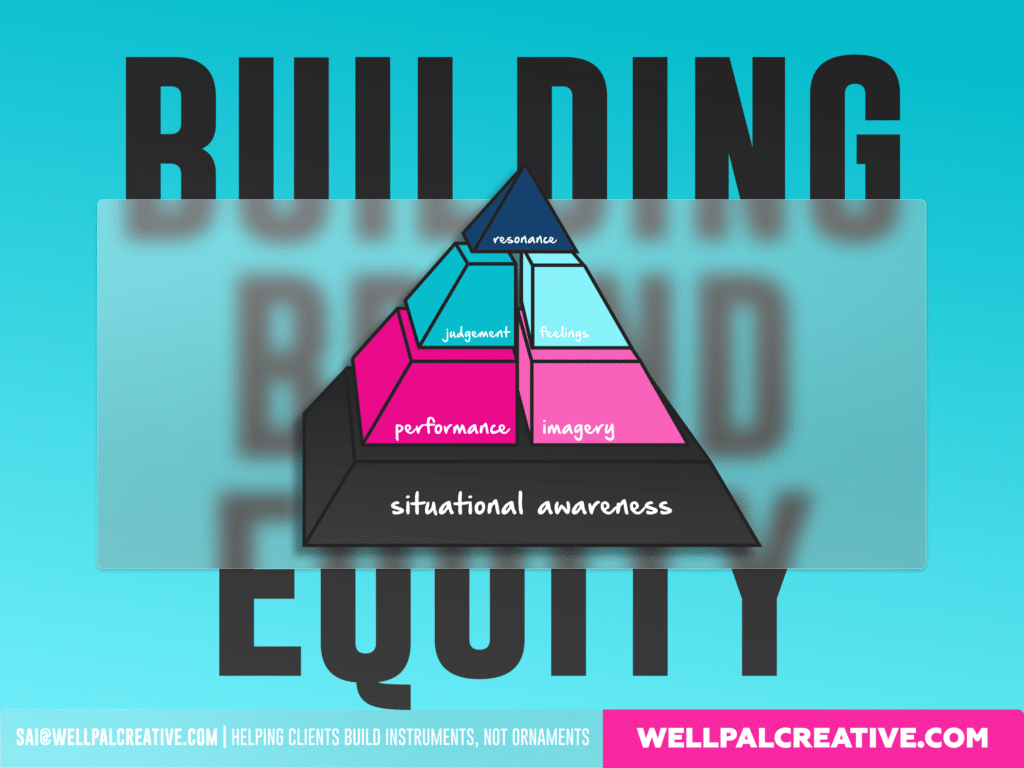
How to Build for brand equity- [LS10]
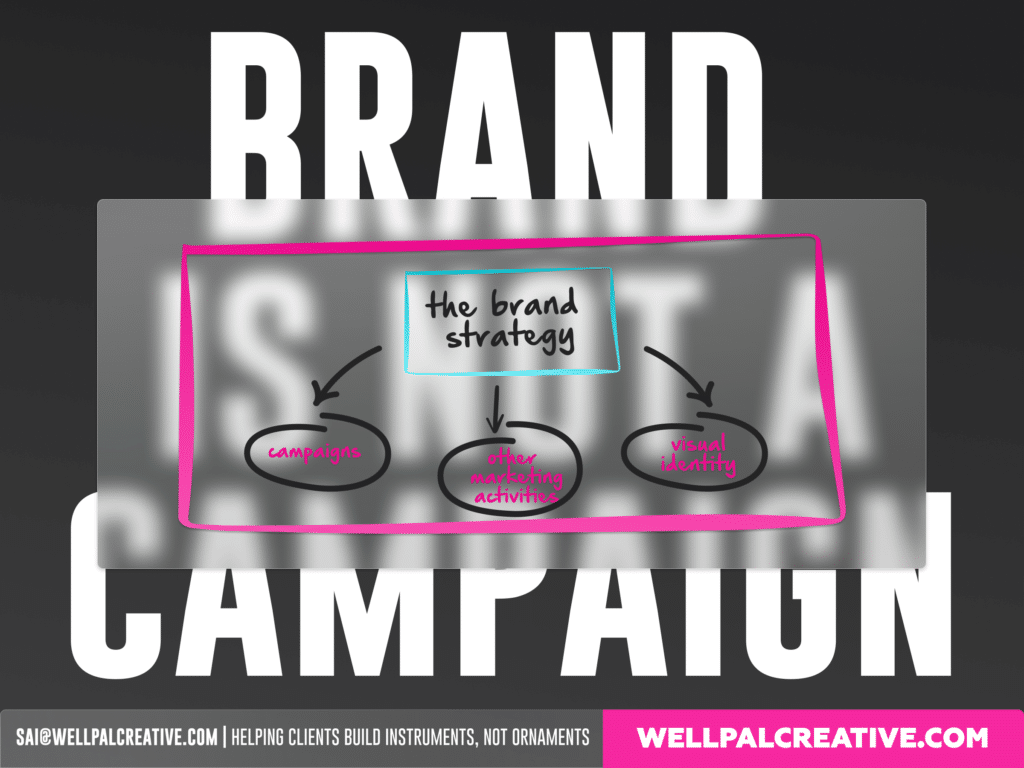
Brand is not a campaign- [LS9]
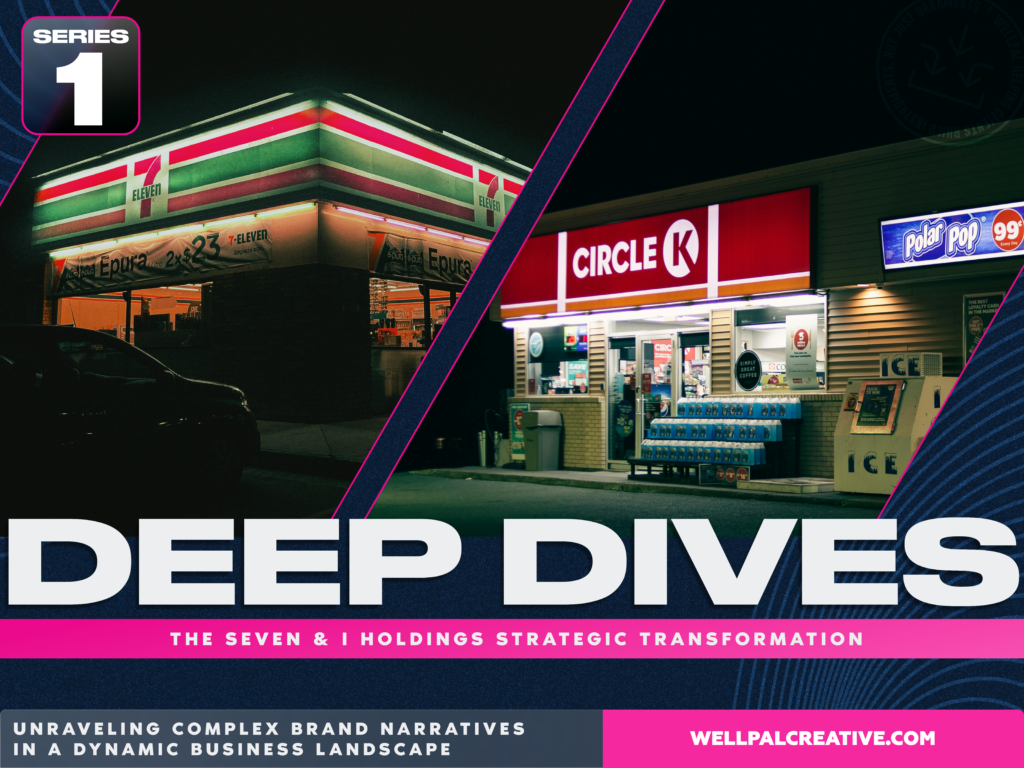
The Seven & i Holdings Strategic Transformation (DEEP DIVE)
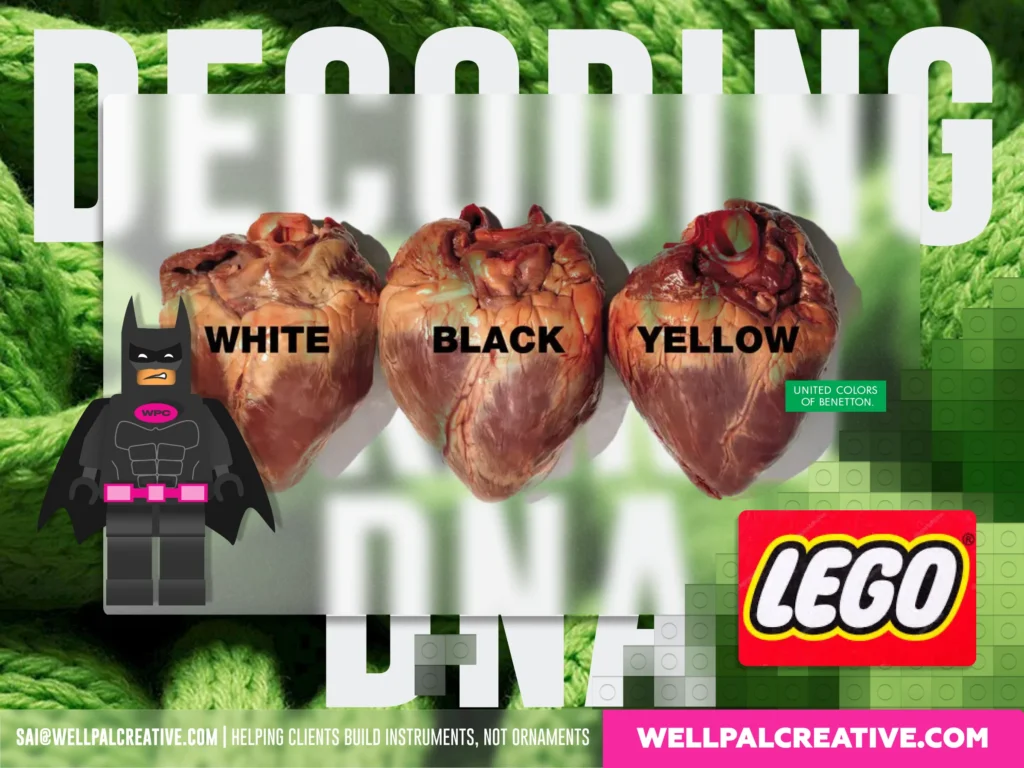
How to understand Brand DNA: LEGO and Benetton Case – [LS15]
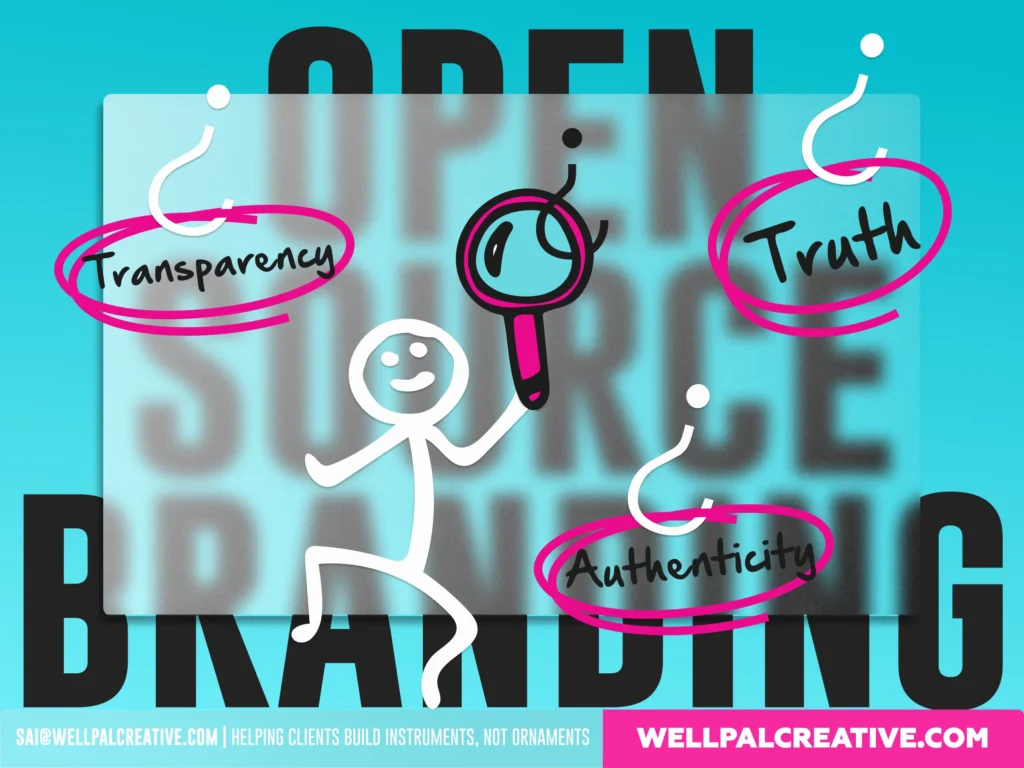
How to leverage open source for brand building – [LS14]
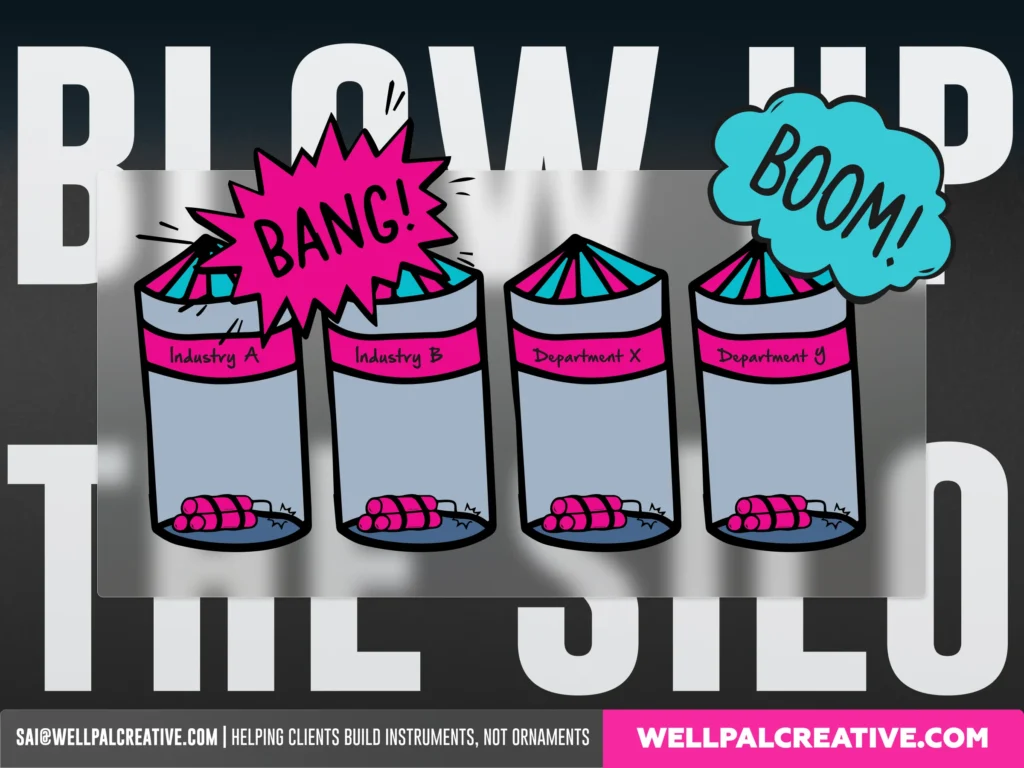
Blow up the silo – [LS13]
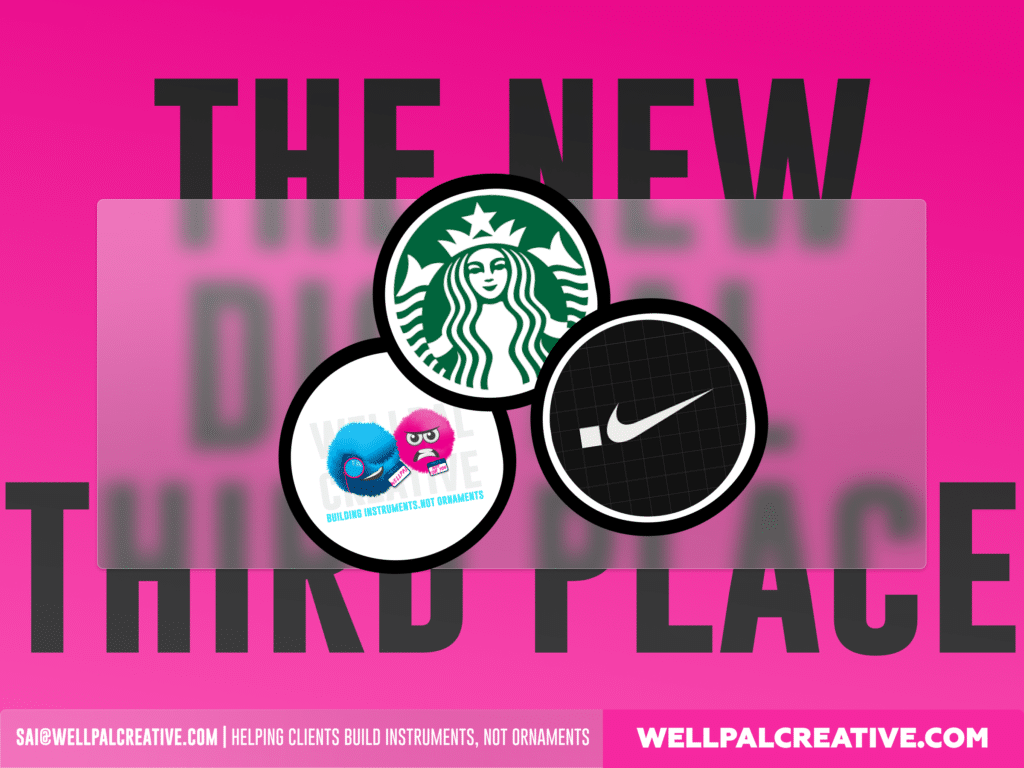
The digital 3rd place- [LS11]
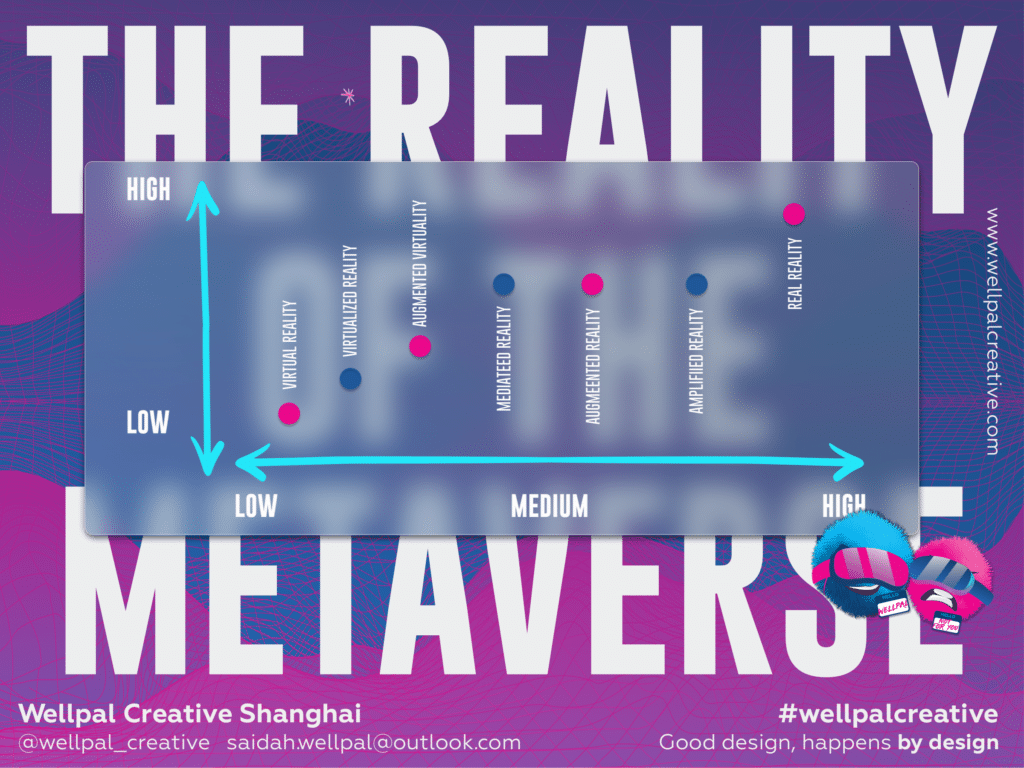
What’s the reality of it? – [LS8]
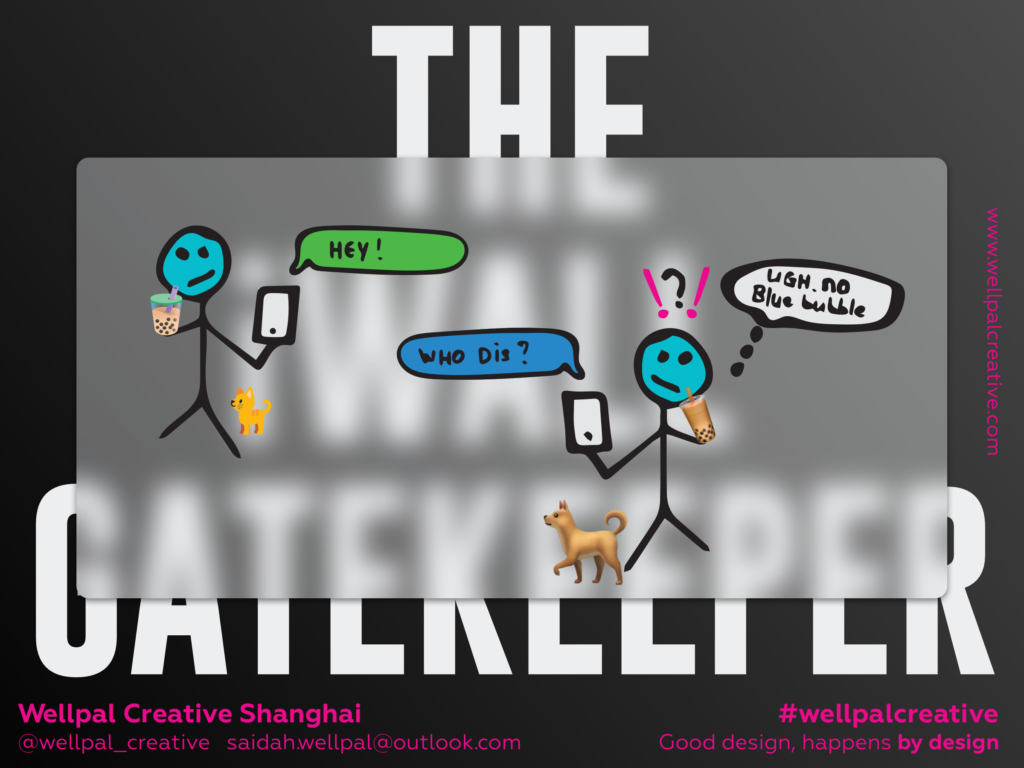
The Great iWall – [LS7]
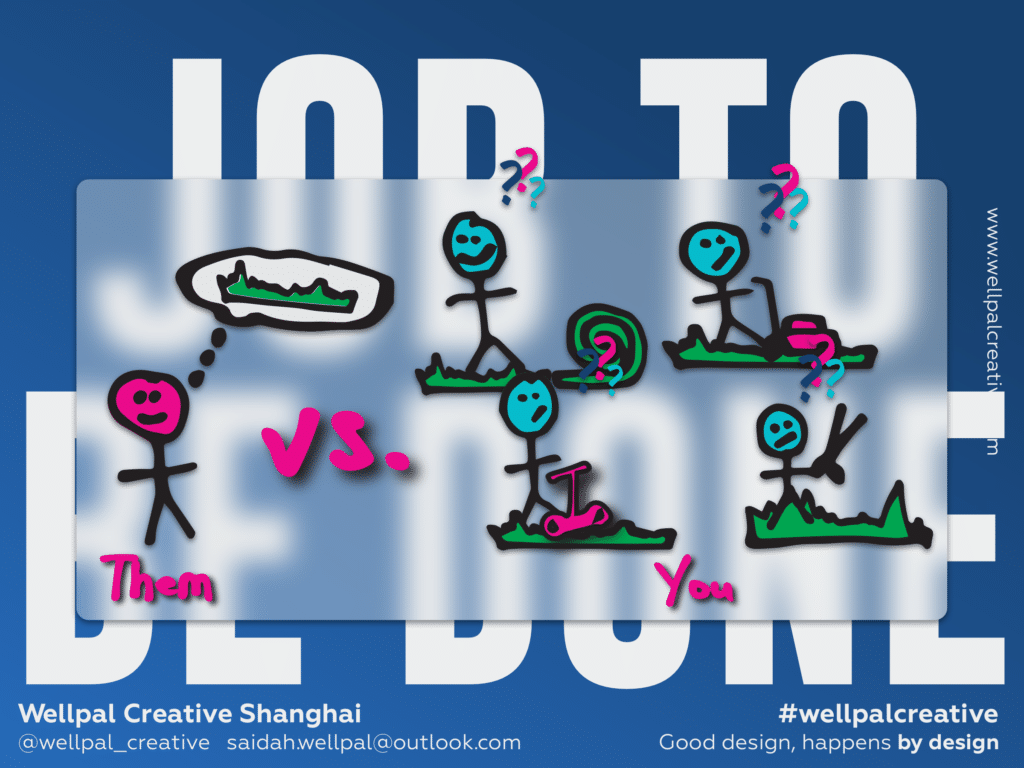
Why you should care that they don’t need a lawnmower [LS6]
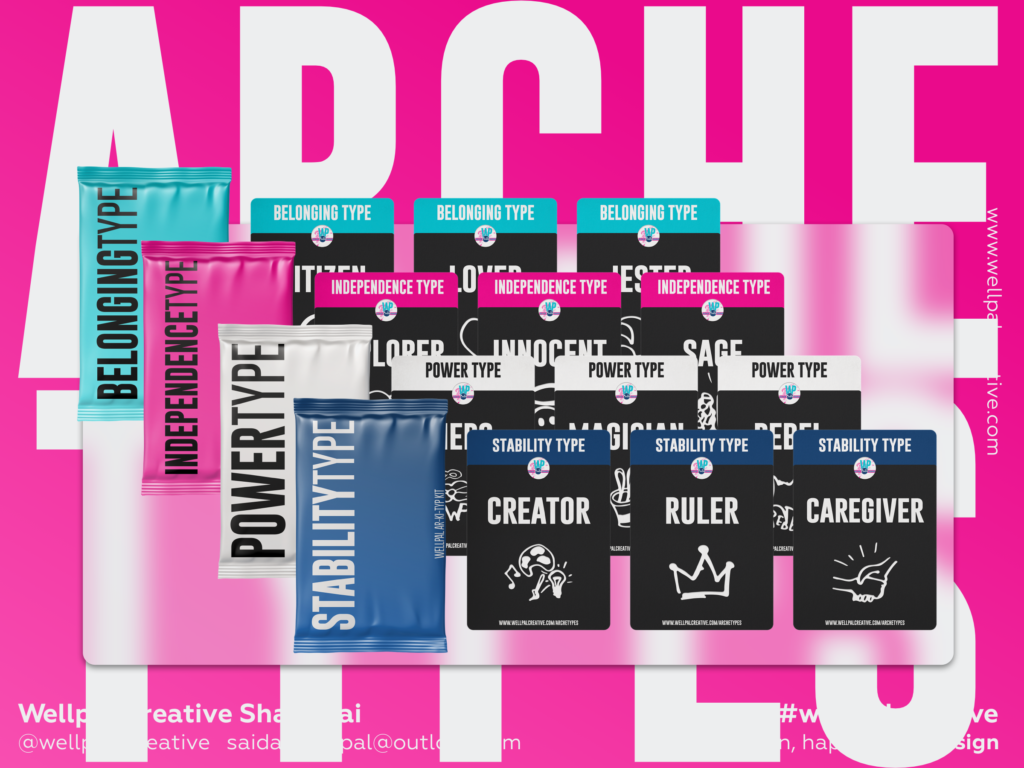
Why you should care about what shapes your brand [LS5]
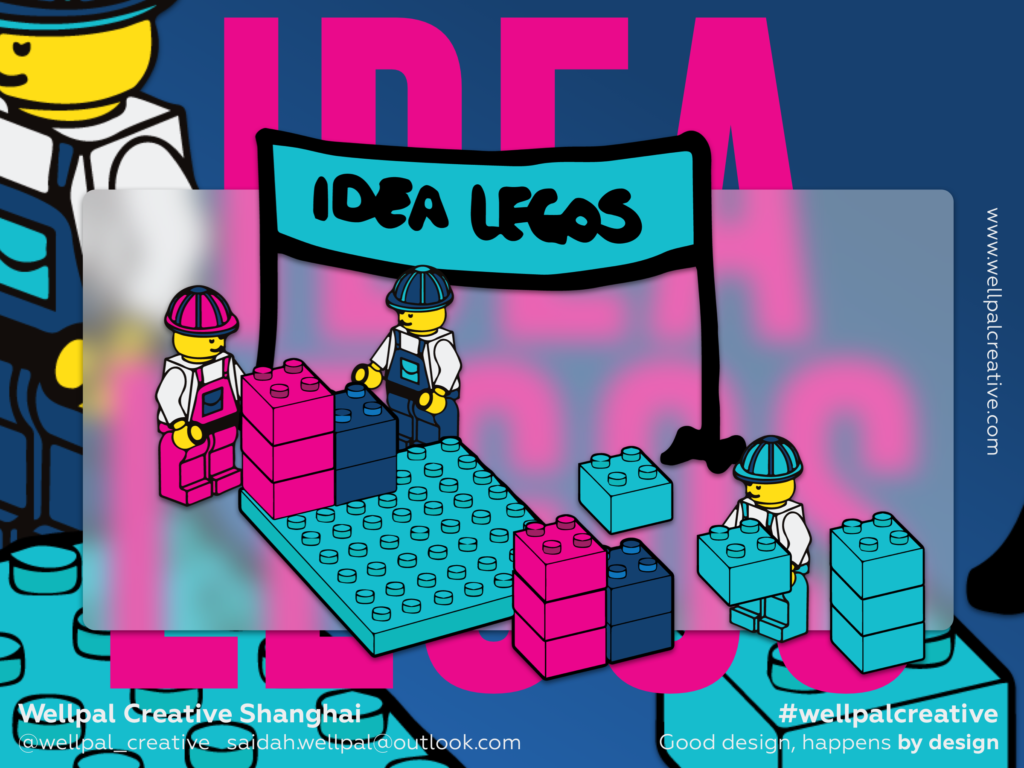
Idea Legos- [LS4]
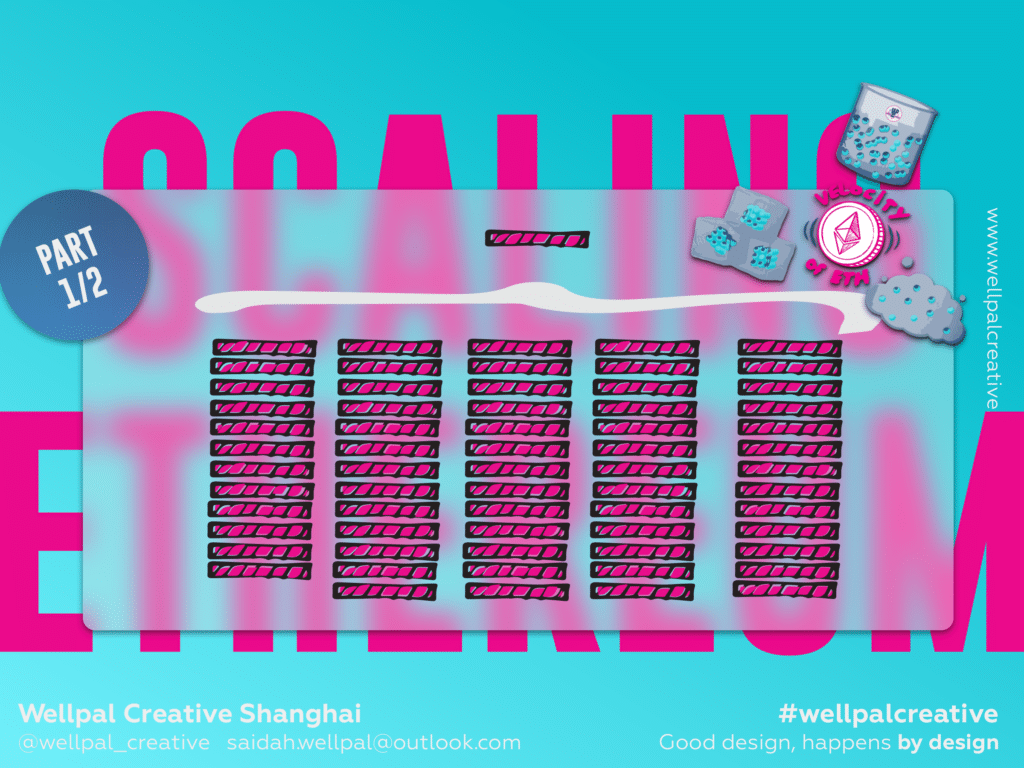
Into the Ether – [LS3]
